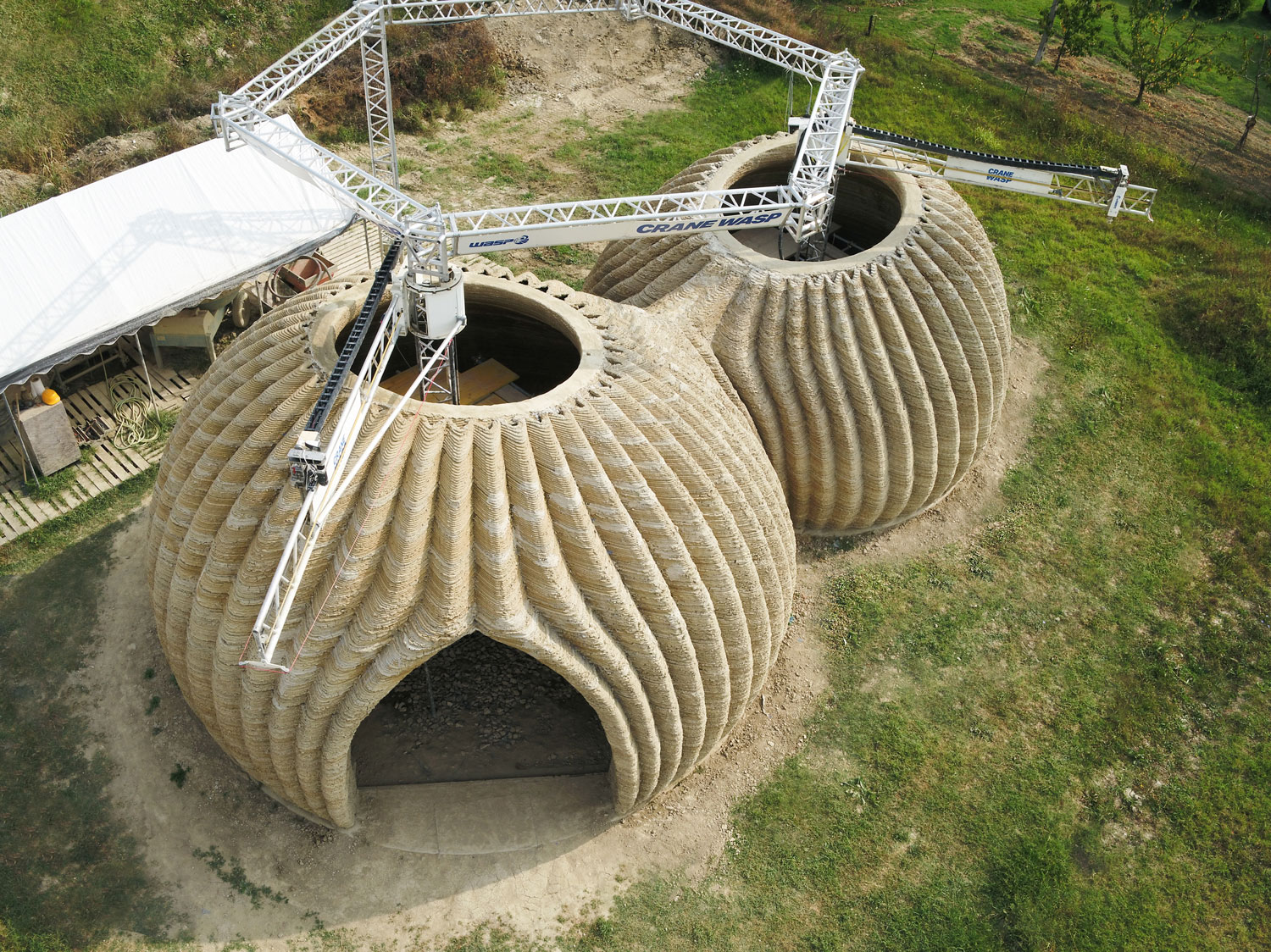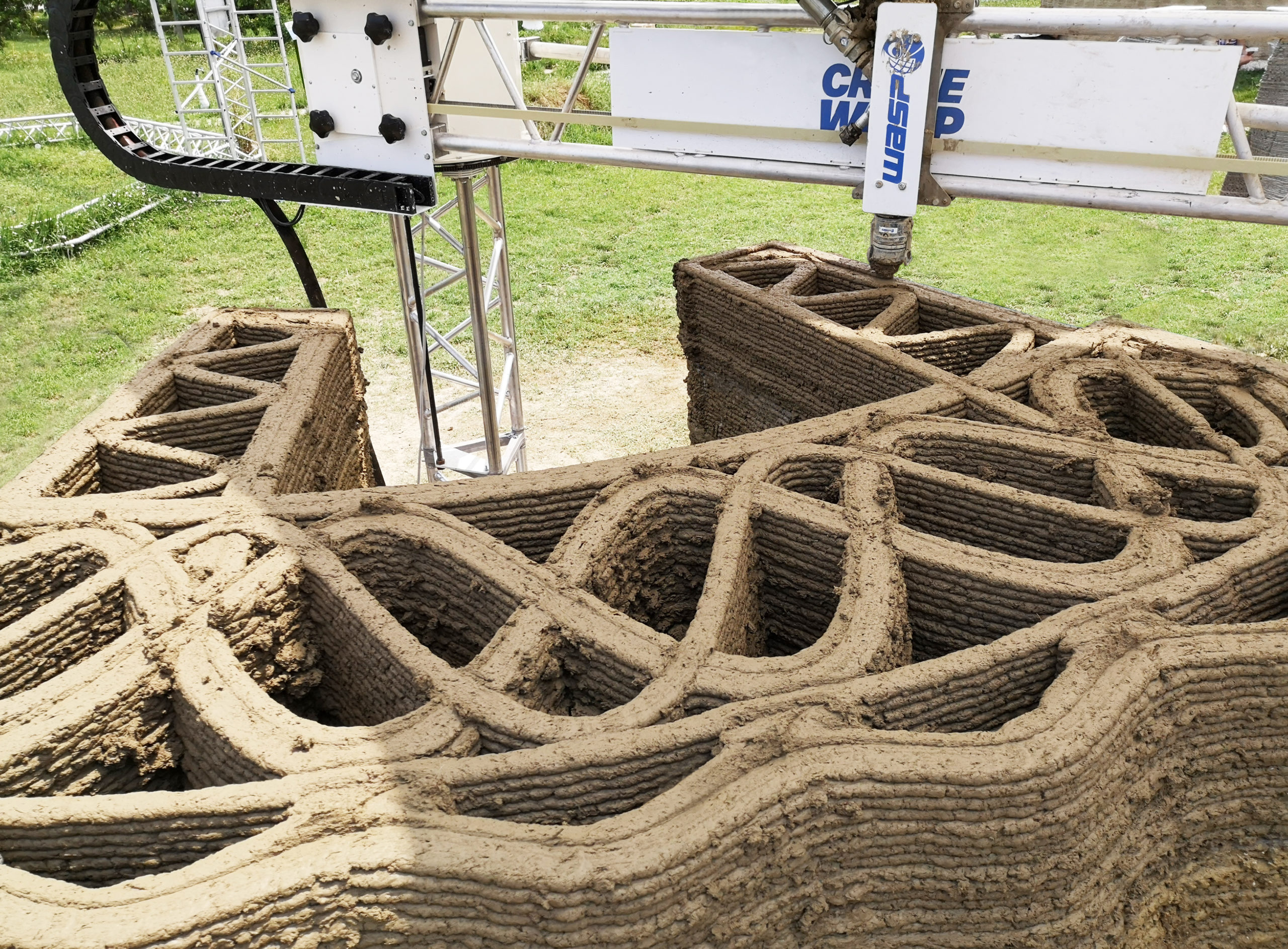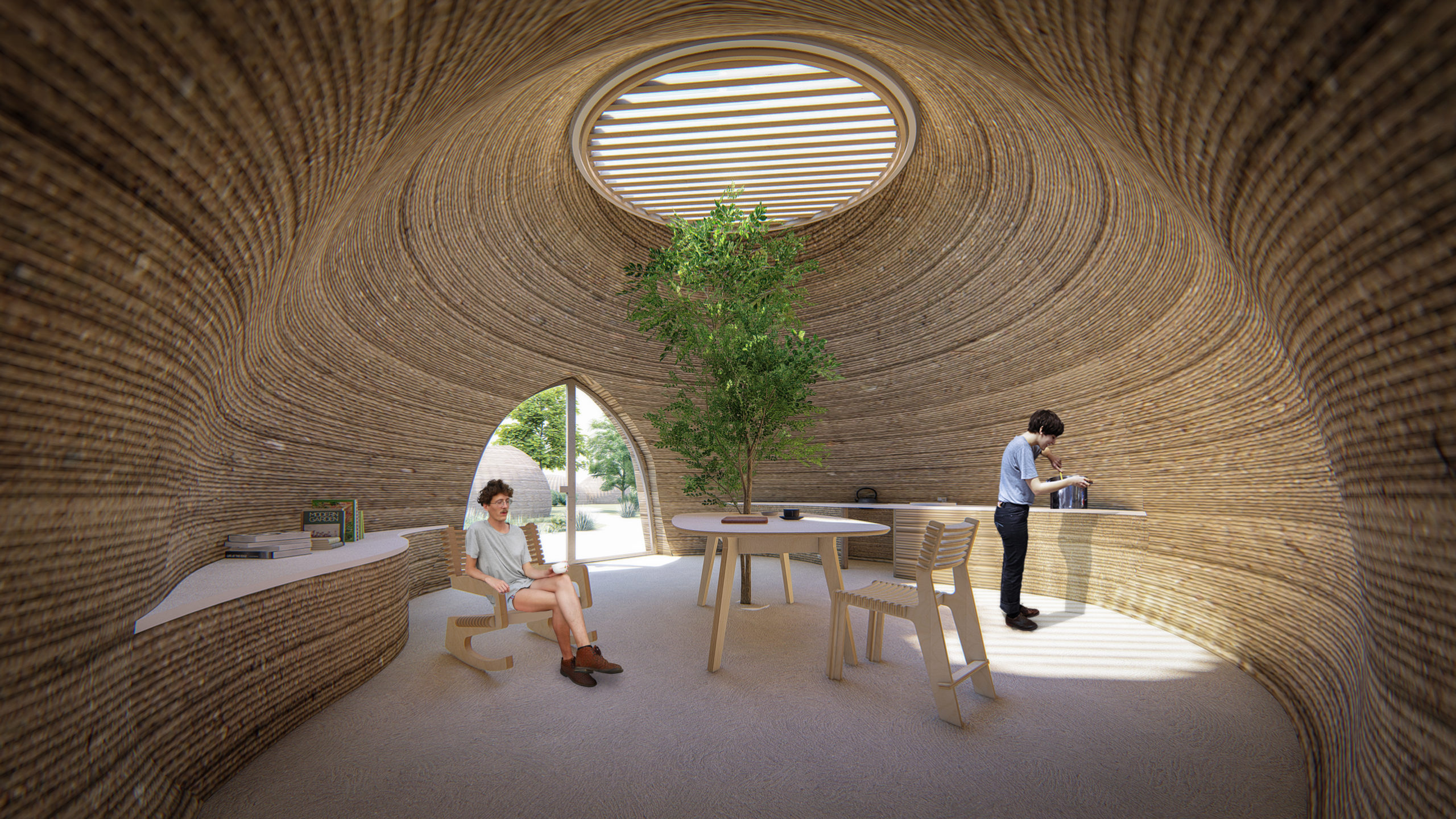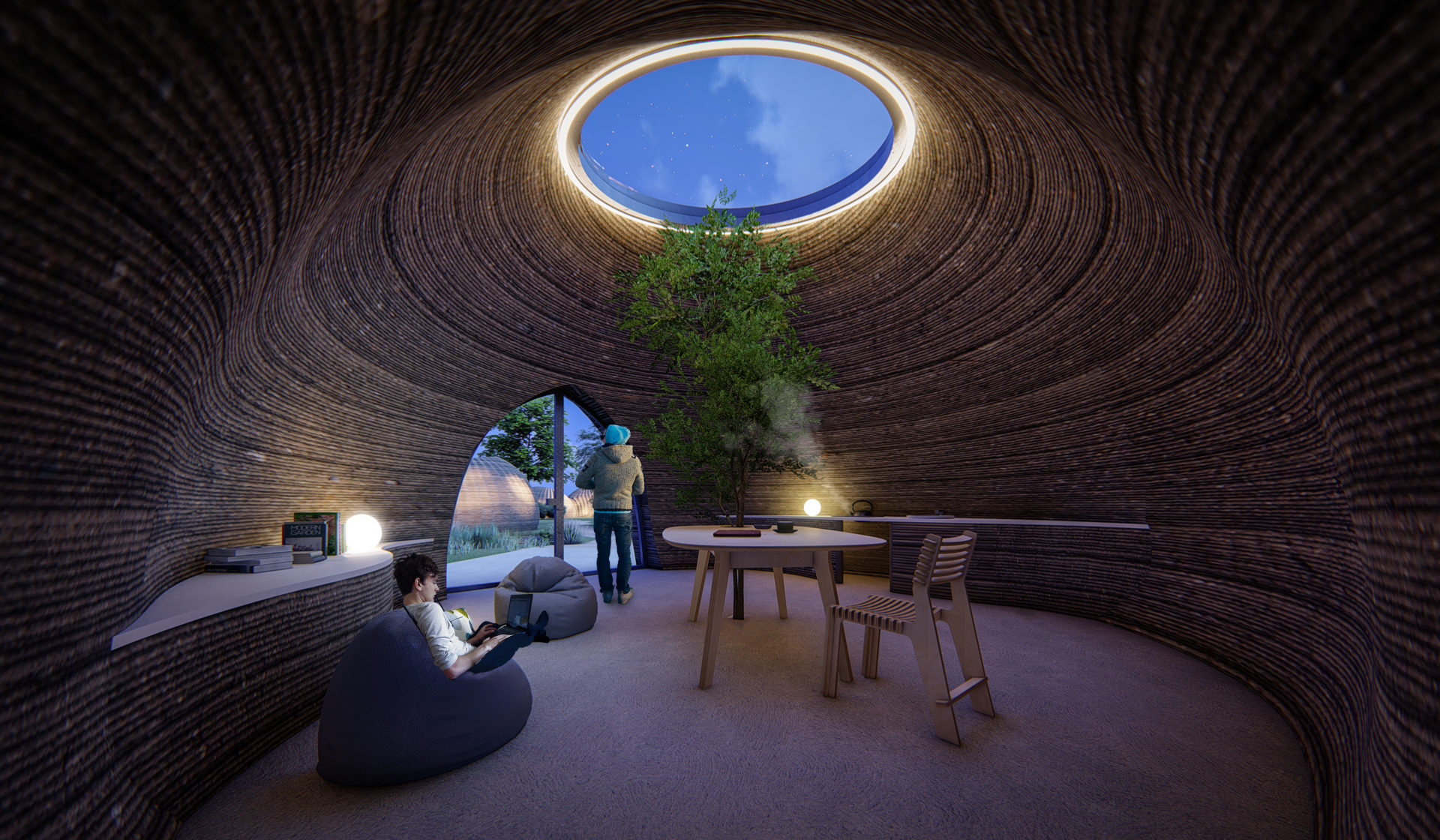A new project called TECLA uses recycled materials and zero waste to 3D print entire houses. There’s a lot to love, but I’m still trying to figure out how you’d hang pictures on the wall.
Ever wanted to live in an igloo, but not a fan of the cold?
You might want to check out these new dome-like dwellings currently being developed under the title ‘TECLA’, each one entirely 3D printed. The project gets its name from a combination of ‘technology’ and ‘clay’ and could provide a feasible alternative to traditional brick and mortar house building.

Each ‘house’ is made from reusable and recyclable materials sourced from local soil in Massa Lobarada, Italy and is zero-waste, meaning new neighbourhoods could be built with next to zero carbon emissions. Sounds pretty nifty, right?
Designed by Mario Cucinella Architects (MC A) and brought to life by World’s Advanced Saving Project, Italy’s leading authority on 3D printing, TECLA is original for utilizing two 3D printers at the same time, constructing layer upon layer of a unique clay-like substance.
The ‘ink’ for this giant printer was produced by Mapei, an Italian chemical company who combined key components from the raw earth with waste from rice cultivation, creating the perfect printable substance that also has some insulation properties. As we all brutally learnt as children, water is the enemy of all mud made masterpieces, but Mapei is one step ahead and has ensured all materials used can withstand extreme weather conditions – including thunderstorms.

Previous 3D printed, four-wall properties typically ran into problems when it came to roof design and protective ceilings.
TECLA’s answer to this is a circular, dome structure that doesn’t require angular floor plans or tight fixings. We may all need to adjust to our usual, rectangular living arrangements, but progress often requires change. If Joe Biden can cope in the Oval Office, so can we.
Unfortunately this novel ceiling solution does limit the building to just one floor, but take a look at the concept art for the interior and tell me it doesn’t look ridiculously cosy.

Of course there’s a lot more that goes into a home than just the walls. Plumbing, electrical wiring, ventilation will all need to be incorporated to make these structures habitable. TECLA is scheduled to present the final installation in spring 2021, so we should have a good idea of the full picture sooner rather than later.
MC A claims their design is adaptable to any climate, meaning we could start seeing 3D printed hobbit holes popping up all over the planet. The environmental advantages of living in a zero waste house made with recyclable materials from the earth are obvious, but it is also interesting to consider the social and economic implications being able to 3D print your own home could have.
It’s no secret that it is becoming increasingly difficult for young adults to get a footing on the property ladder. Resolution Foundation, an independent British think tank, published that in the 90s, by saving 5% of their income, a typical couple could have enough for a deposit in just 4 years. By 2019 that time frame had risen dramatically to 21 years.
3D printing has been revolutionary for the manufacturing industry, and it stands to reason that it could be equally beneficial for building construction. TECLA might look a little rudimentary, but it’s likely an important initial step in a long journey that ends in a 3D printed, sustainably built metropolis.
Just think, in only 200 hours, with a mere 7000 machine codes printing 350 layers of 12 mm thick recyclable resin, you too could have your own house.















